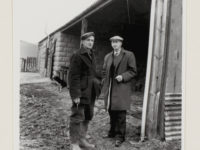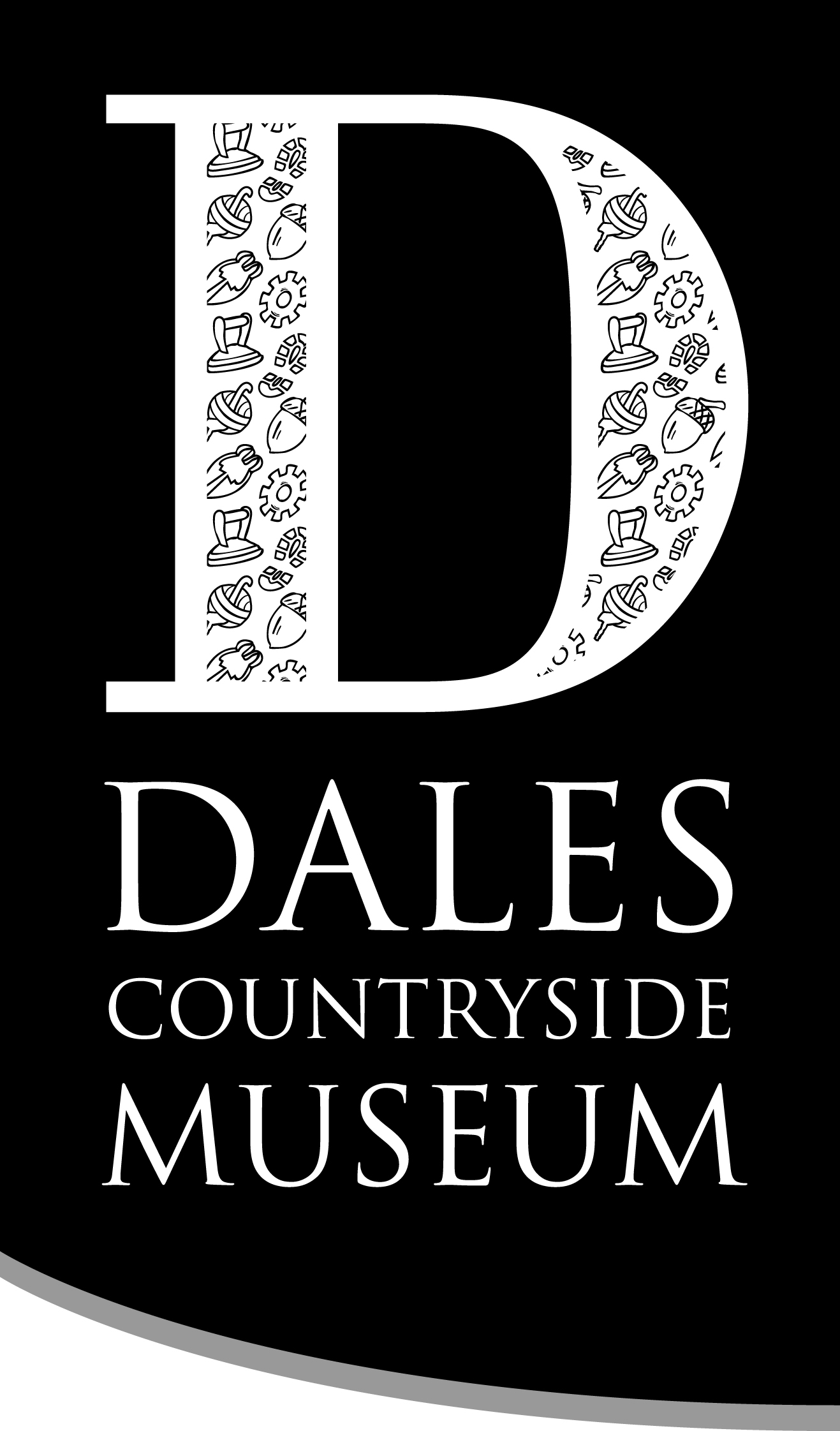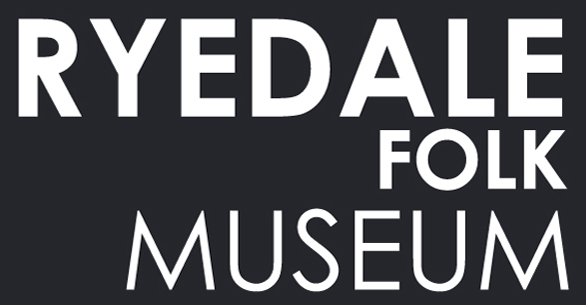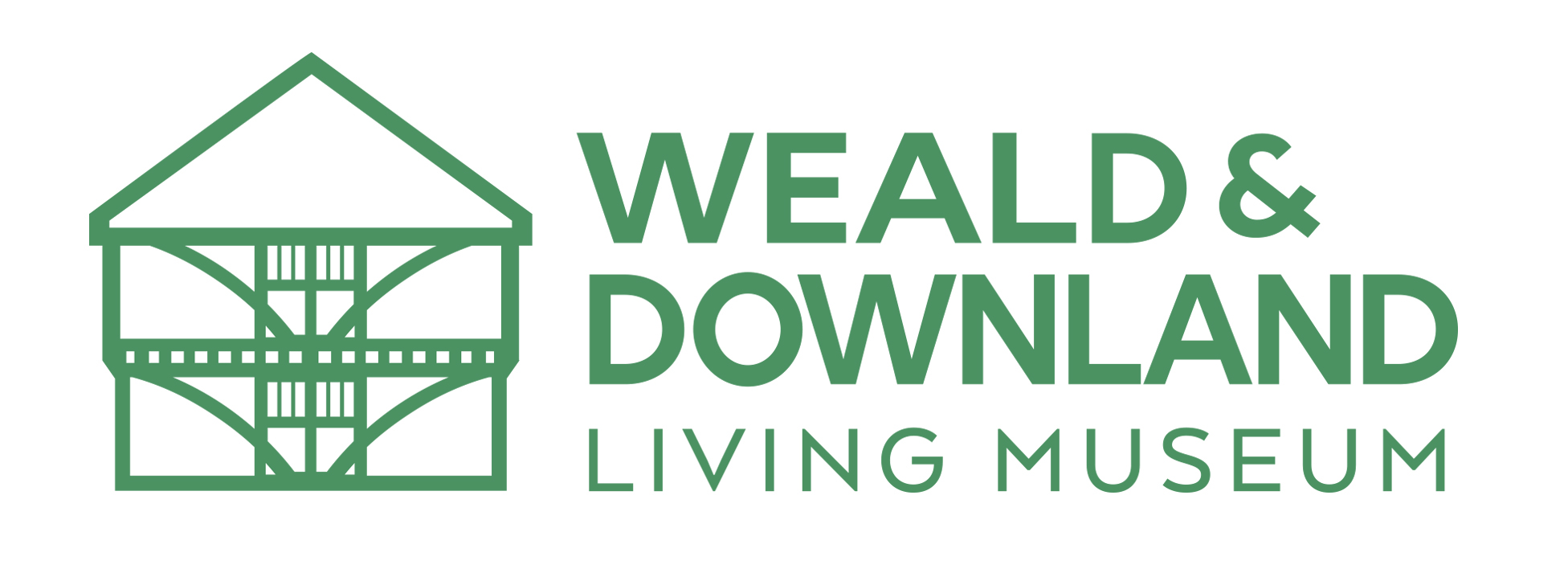Explore the sound map of England
Click the markers to listen and view more

Leeds Archive of Vernacular Culture
The Leeds Archive of Vernacular Culture (LAVC) contains the archives of the Survey of English Dialects (SED) that ran from the 1950s to early 1960s, and the University of Leeds’s Institute of Dialect and Folk Life Studies (IDFLS) that operated 1964-1983. Together they represent a record of dialect, culture, beliefs and ways of life in rural England from the late 19th-20th centuries.
Find out more
The Survey of English Dialects
The Survey of English Dialects was a survey of people from more than 300 different towns and villages, undertaken by researchers from the University of Leeds during the 1950s and 60s. It intended to make a permanent record of English dialects as they were spoken at the time.
Find out more





